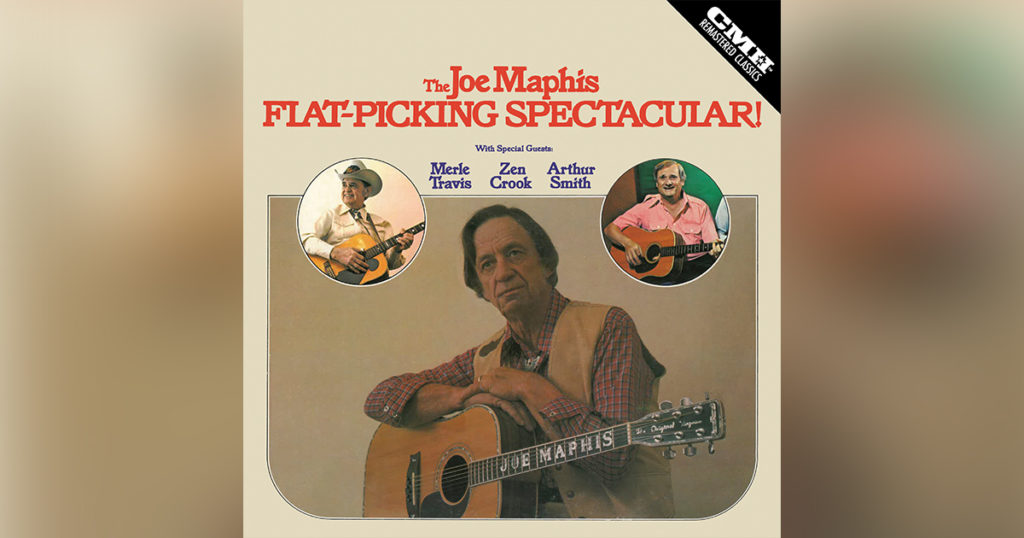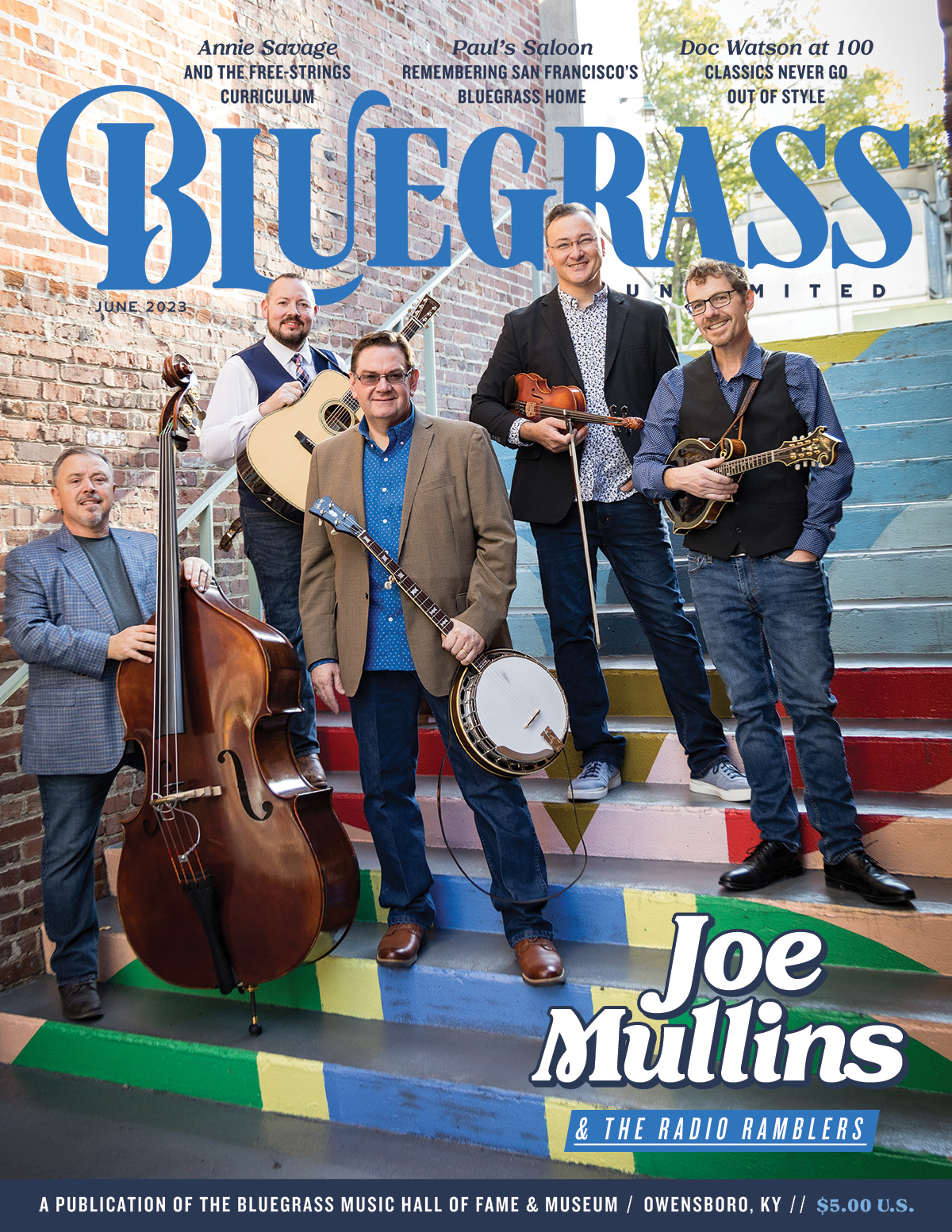The Joe Maphis Flat-Picking Spectacular
In broad strokes, two family trees define the evolution of playing fiddle tunes and bluegrass leads with a flatpick on acoustic guitar. One tree sprouts in Deep Gap, N.C., where Doc Watson’s majesty led to players like Bryan Sutton and Billy Strings. The other branch originated in southern California, where young Clarence White took influences from Doc to create a stunning new style which begat Tony Rice and David Grier. But that parsed history leaves out a major influence on Clarence that opened his eyes to new possibilities of speed, syncopation and melodicism in flatpicking. Almost lost to history, Joe Maphis and his talented wife Rose Lee dominated country music in California in the early 1960s. He may well have even been playing fiddle tunes on guitar before Doc. But most bluegrassers have never heard of Joe Maphis, must less been introduced to his unique guitar style.
To address that, CMH Records has released one of the first albums featuring flatpicking on acoustic guitar, The Joe Maphis Flat-Picking Spectacular. Over 26 tunes ranging from “Liberty” and “Cripple Creek” to more modern tunes like “Little RockGetaway,” Maphis plays with speed, style and fluidity unknown at that time on acoustic guitar. From the opening solo, it’s clear how Maphis, with his double-time leads and driving pulse, left an indelible mark on Clarence, who went on to greatness with the Kentucky Colonels and The Byrds before his death 50 years ago in a tragic accident.
As a specialty record from a country label showcasing an outlier of a performer, there’s a lot of 1960s production deadweight here when it comes to the accompaniment. “Cripple Creek” is a prime example. Clarence undoubtedly wore this record out coping Joe’s solos. Showing a very modern edge, Maphis adds in some nifty twin guitar and banjo harmonies here. But the heavy-handed drums and leaden, cement-shoed bass line here essentially drown the tune.
Like so many other projects of that era, many decisions like that were made here for the sake of producing a commercial product. That includes bad country drumming, leaden electric bass playing, and some questionable micing and mixing. The liner notes claim this project has been “remastered from our archive.” If these are the remastered tracks, you’d hate to hear the originals on many tunes here. CMH would have been wise to dial back some of the audio clutter here and brought Maphis’ guitar front and center. But despite the anachronistic recording style, this record deserves a lot of attention from the Clarence White fanbase and beyond for its ‘Clarence before Clarence’ vibe and influence.

